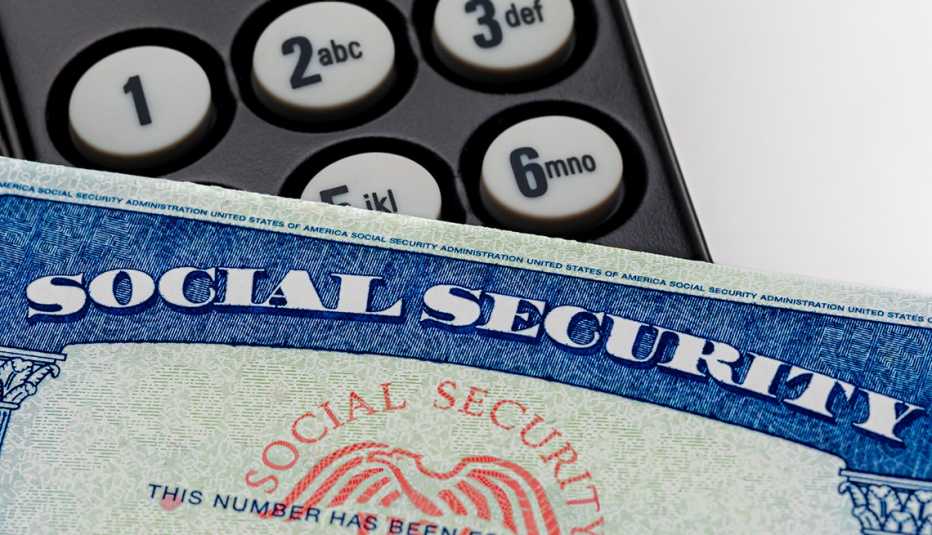Staying Fit
Andy Markowitz,
One of the enduring myths about Social Security is that benefit payments are not subject to federal income taxes. This was true from the program’s inception in the 1930s until Congress overhauled its financing in the 1980s, but for 40 years now, some portion of Social Security income has been taxable for some beneficiaries.
Whether you are among them depends on your income. If you live on Social Security alone, it’s unlikely you bring in enough money for your benefits to be taxed. If you have other income sources, such as work or retirement account withdrawals, chances are higher that you will owe taxes on some of your benefits.


AARP Membership— $12 for your first year when you sign up for Automatic Renewal
Get instant access to members-only products and hundreds of discounts, a free second membership, and a subscription to AARP the Magazine.
Here are seven things Social Security recipients, present and future, should know about taxation of benefits.
1. Income matters — age doesn’t.
Contrary to another common misperception, you don’t stop paying taxes on your Social Security when you reach a certain age. Income, and income alone, dictates whether you owe federal taxes on your benefits.
To make that determination, the IRS adds up your adjusted gross income (AGI), your tax-exempt interest income and half of your Social Security benefits for the year. If this figure, sometimes called your “combined” or “provisional” income, exceeds $25,000 for an individual taxpayer or $32,000 for a married couple, a portion of your benefits is taxable.
Those minimum thresholds haven’t changed since taxation of benefits was introduced. As incomes have risen in the decades since, so has the share of Social Security recipients whose benefits are taxed — from less than 10 percent in 1984 to nearly half in recent years, according to Social Security Administration (SSA) data.
2. You won’t be taxed on all your benefits.
Under an overhaul of Social Security’s financing passed by Congress and signed by President Ronald Reagan in 1983, up to 50 percent of benefit income could be taxed if the recipient’s combined income exceeded the limits noted above. Budget legislation enacted a decade later under President Bill Clinton added a second, higher income threshold and made up to 85 percent of benefits taxable above it.



































































